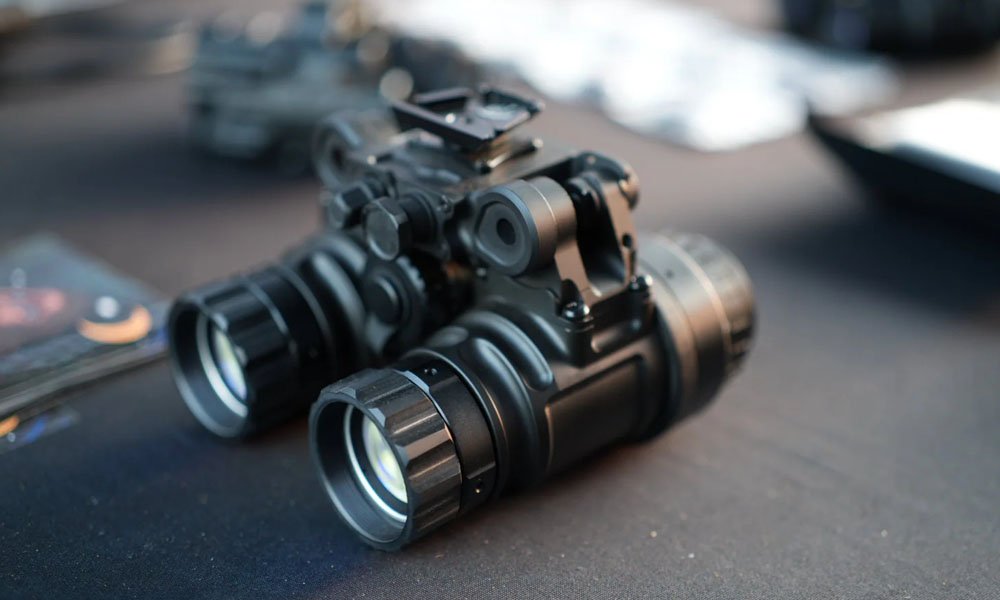Rise of Night Vision Technology
Night vision technology has progressed from a professional instrument to a daily requirement for most people globally. Requiring flashlights for night vision has now been substituted by effective devices used by casual outdoor users. The AGM Rattler v2 illustrates these developments by offering small-sized high-quality alternatives. Night vision devices have gained easier accessibility and usability due to recent developments, which enhance security and night awareness. As demand for consistent night vision grows, innovation pushes technological progress, which changes the way professionals and leisure users explore night surroundings and discover new terrains.
Core Principles: How Night Vision Works
The operation of night vision devices becomes clear when we study their functionality. The majority of night vision devices function through image intensification which boosts tiny light signals from stars and streetlamps to produce green-lit images that become visible in darkness. Thermal imaging technology enhances nighttime visibility through infrared radiation detection of temperature differences between objects which results in clear high-contrast images. The two technologies provide distinct benefits which serve different nighttime requirements including electrical diagnostics and firefighting operations.
Types of Night Vision Devices
The night vision gear market consists of four main categories which include monoculars, binoculars, goggles, weapon sights and clip-on systems.
- Monoculars: The lightweight and compact design of monoculars makes them suitable for hiking and quick scouting and handheld observation.
- Binoculars and goggles: The combination of binoculars and goggles delivers immersive experiences and depth perception which makes them appropriate for night hunting and tactical operations.
- Weapon sights: The use of weapon sights improves both accuracy and safety for law enforcement personnel and hunters and sport shooters when operating in low-light conditions.
- Clip-on systems: Standard daytime scopes or optics can be converted into night vision tools through clip-on systems which require minimal setup.
Each type of night vision device is designed to solve particular use-case problems. The development of miniaturization and ruggedness technologies has improved the operational capabilities of night vision equipment.
Thermal Imaging vs Traditional Night Vision
The advancement of night vision technology creates a dilemma about choosing thermal imaging over traditional night vision systems. Traditional night vision systems enhance available light to detect shapes and signs yet their performance deteriorates when operating in complete darkness or dense smoke conditions. Thermal devices detect heat which makes them vital for rescue missions and wildlife observation during dark conditions. Experienced users commonly suggest using both types of devices for complete context and identification purposes.
Choosing the Right Night Vision Tool
The selection of optimal night vision equipment requires matching the equipment to your specific requirements. The ability to see clearly and the resolution level determine how well you can understand your environment during wildlife tracking or hazard detection. The working range of your device should match your observation needs because different devices perform better in open fields versus close or indoor observations. A long battery life together with backup power sources should be available for prolonged operations. Outdoor use requires equipment that withstands weather conditions and physical impacts so look for designs with weather An error occurred while processing your request. Please try again.
Practical Uses in Modern Life
Night vision equipment serves as an essential tool for multiple sectors. The equipment enables residential security through unobtrusive property surveillance which avoids disturbing both neighbors and wildlife. Outdoor enthusiasts can safely explore unfamiliar areas and observe nocturnal animals with minimal ecological impact. Night vision enables emergency responders to respond faster which could lead to saving lives. Creative professionals benefit from night vision technology to record nighttime scenes and animal behaviors and astronomers use it to study celestial events that city lights hide. Night vision technology which used to be restricted to military applications now serves as an essential instrument for modern life in recreational activities and scientific research and security operations.
Best Practices for Safety and Ethics
Night vision tool users who practice responsible behavior can enjoy their experience while preserving both privacy and safety. The laws regarding hunting and surveillance differ between states and countries so users must understand their local regulations. Users should never direct their equipment toward homes or private areas to preserve public trust. Users must perform three essential maintenance tasks for their devices which include lens cleaning and power status checks and software updates. The practice of carrying backup batteries together with emergency protocols should be followed by hunters and professionals. Night vision users who follow good practices both safeguard themselves and their equipment while helping the field gain acceptance and innovation.
Future Trends in Nighttime Optics
Night vision technology shows promising development because current trends produce better and simpler devices. The integration of augmented reality overlays with GPS and wireless connectivity by manufacturers has transformed basic viewing devices into real-time information hubs. The miniaturization process allows the development of compact units that function as powerful field devices for hiking and covert security operations. The advancement of technology will lead to reduced costs which will make night vision equipment more widely available. Night vision technology has evolved through better image quality and faster target detection and stronger durability and extended battery life. Users who stay informed about these advancements will gain access to the most effective tools for night vision experiences.



